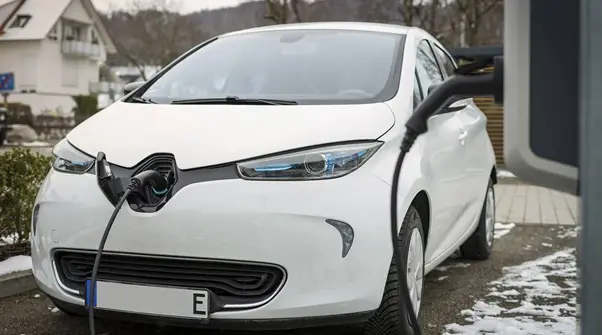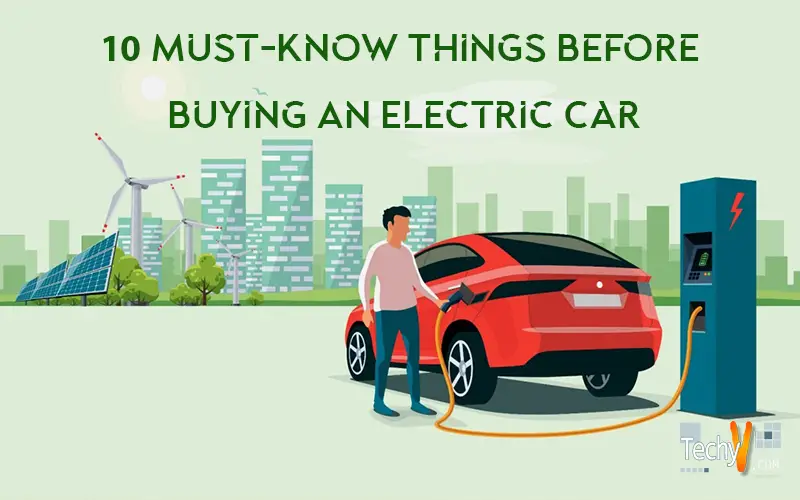We all know how electric vehicles may benefit the environment, making them the way of the future for daily commutation. Cleaner emissions equate to less pollution because a cleaner environment is more environmentally friendly. Therefore, electric vehicles play a significant role when we talk about environmentally responsible transportation.
1. A Battery’s Life
One of the most significant parts of an electric car is its battery pack. The battery is one of the most expensive components of the EV, too, at the same time. It might be costly to replace the battery pack in an electric car. That’s why before purchasing an environmentally friendly vehicle, verify the battery life. The expenses on maintenance decrease with battery life.
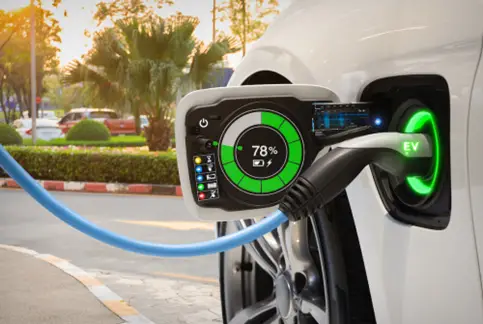
2. Options For Charging
A wide variety of charging options, including quick, standard, and slow charging, are available with an electric automobile. Installing fast-chargers costs money, and your city probably only has a few. The slow charging method is feasible using a standard, and your home may already have one installed.
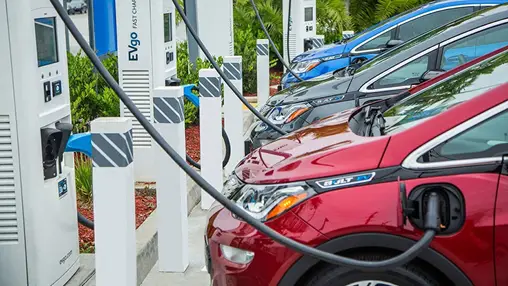
3. What Sort Of Range Do You Need
Range anxiety is one of the biggest reasons why many gearheads still refuse to purchase EVs. Nobody likes to have their car lose power while far from a charging station because it will result in expensive towing fees. Fortunately, range anxiety doesn’t exist anymore. EVs with sufficient range to do all your everyday errands and still provide you electricity for a road trip.
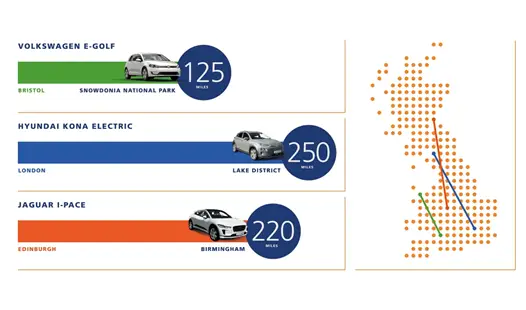
4. Cost Of Maintenance
Owning an electric vehicle requires maintenance, one of its key considerations. The EV might only operate efficiently with adequate maintenance. Since they have fewer moving components than conventional cars, electric vehicles are typically fairly simple to maintain.
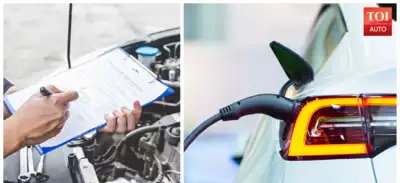
5. Used Or New
Finding a new EV has always been the wisest course of action when purchasing one. It ensures that everything is delivered to you in perfect shape, especially the battery pack, and many new EV models are being released. However, if you have a limited budget, there are many possibilities available in the used EV market, which is expanding more quickly than ever. To verify that all systems are functioning properly, have a professional evaluate the used EV before you spend your hard-earned money on it.
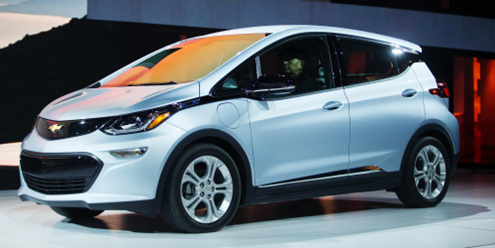
6. Power And Torque
An electric vehicle’s power, expressed in horsepower, is the mechanical output produced by the electrical energy. Depending on how powerful the electric motor is, You can use the torque to estimate how quickly an EV will accelerate. Driving is more fun with better torque and power figures.

7. Type Of Electric Car
Before buying, you need to know the various types of electric vehicles. Battery-electric vehicles, which run solely on electricity, are the first category. Plug-in hybrid electric vehicles are another option; they combine an internal combustion engine with electricity. In this discussion, some gearheads might also bring fuel-cell electric automobiles.
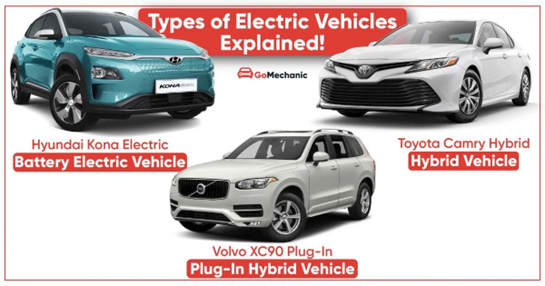
8. Buy Or Lease
You can buy or lease an electric vehicle if you’re not getting a Tesla. It would help if you exercised caution because both alternatives have benefits and drawbacks. The primary reason that investing in an EV is a smart move is that you can benefit from several tax breaks and other government incentives.

9. Tax Incentives And Credits
The US government is a staunch advocate of electric vehicles and the global effort to combat climate change. By offering tax credits and other incentives to encourage more people to adopt EVs, the government has demonstrated its support for the technology.
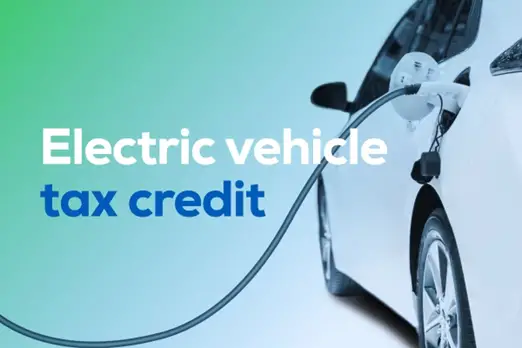
10. Insurance Cost
Owning an EV has the drawback of requiring more money for insurance than a gas-powered vehicle would. According to a Wall Street Journal article, the average monthly insurance premium for an all-electric automobile is $317, which is significantly more expensive than the $193 it costs to insure a gas-powered car.
